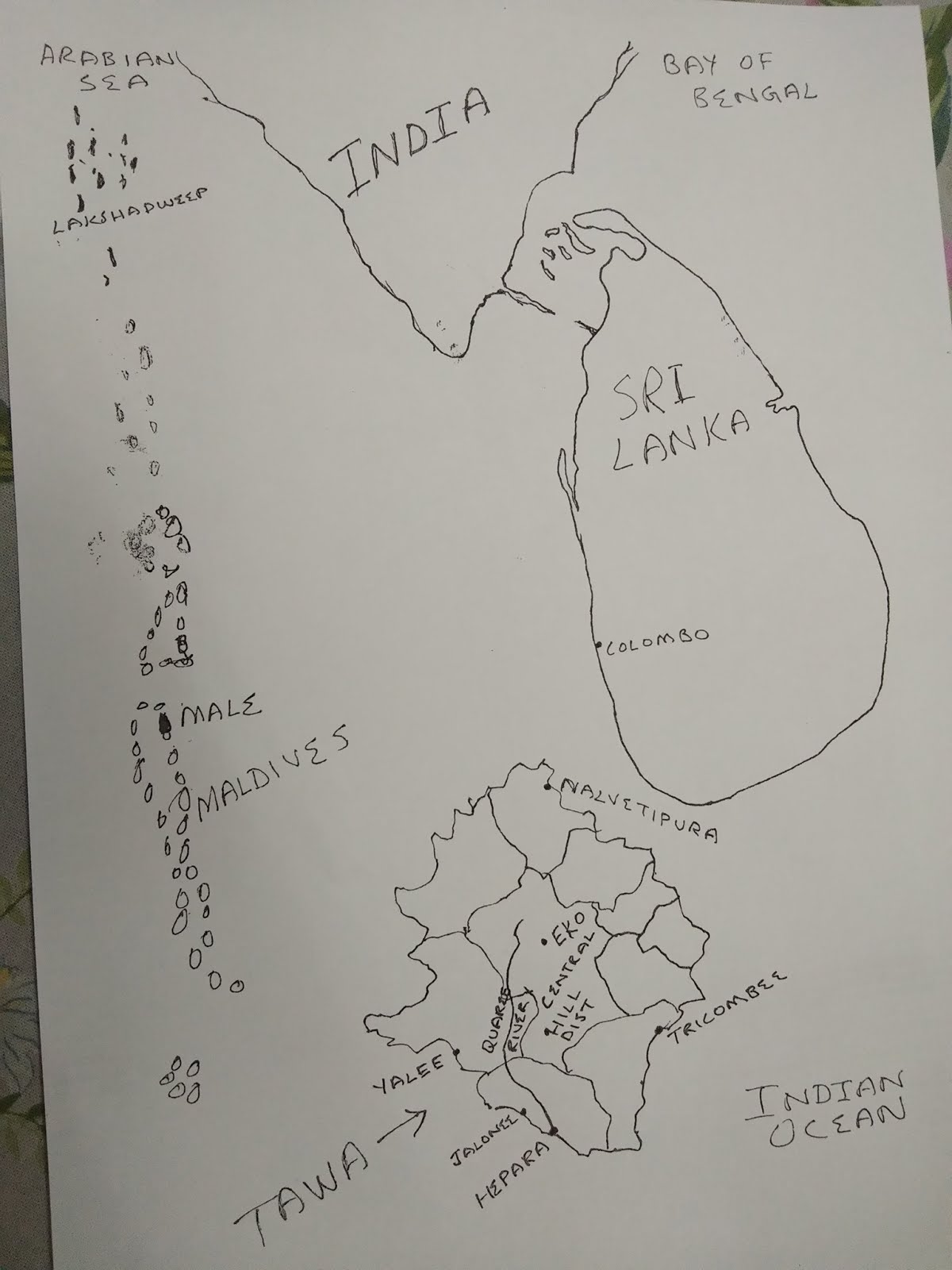Tuesday 15 July 2014
Book Review: Lamplight - Paranormal Stories from the Hinterlands, by Kankana Basu
There are ghost stories and ghost stories, some fall flat and some make you sit up in fright, hair on end, desperately reaching out for something to hold on to. I think the best ghost novel I have read is Little Stranger by Sarah Waters which was shortlisted for the Booker Prize in 2009. I have read Kankana Basu before and when I found out that her latest offering was a collection of ghost stories, I was, to put it mildly, shocked. Both of Basu’s previous offerings, Vinegar Sunday and Cappuccino Dusk, are set in Mumbai and revolve around large Bengali families, their retainers and friends. Even though both these books tackle a number of contemporary issues, there is a definitive feel-good factor about both these books which I was sure would be missing in a collection of ghost stories. I couldn’t have been more wrong.
Lamplight consists of eight short stories, all of which, except one, are set in Monghyr, Bihar, in pre-Independence India and revolve around a large extended Bengali clan, their neighbours and servants. The Chattopadhyays are rich and aristocratic, but also friendly and warm. The matriarch of the family has three sons, Srikanth, the eldest, a doctor, affectionately referred to as Boro Jetha, Deep the second son and Balai, the youngest, a novelist. The grandsons outnumber the granddaughters and all the grandchildren evolve and grow as the stories progress. Srikanth has two sons, Tutul who is shown to have become a lawyer as we reach the end of the collection and Nabendu (Benu) who throws off a debilitating ailment and becomes an industrialist, Deep has two daughters Mala and Mini and Balai has three sons, Sutanu (Shontu) and Ronojoy (Ronny) and Manohar (Montu). Balai’s spouse Bonalata has a crucial role in one of the witch-hunts. There is no shortage of friends and neighbours either. Balai’s friend Nirmal Choudhury plays a pivotal part in Séance, the first story in this collection and for me, the best of the lot. Kumkum, the maid and Raghu Kaka the gardener are flesh and blood characters who make their mark despite their lowly stature.
I found all members of the Chattopadhyay clan, their friends and hired help to be lovable, except for maybe Deep in The Séance. The feel-good factor, which I think is Basu’s hallmark, is ever present as we are gradually introduced to various characters. The ghosts dutifully make their appearance in every story and I didn’t particularly find them to be scary, and to be honest. I don’t think they were meant to be. These are stories which a twelve year old could read and not have nightmares. Basu’s ghosts are gentle and sometimes helpful, as in the Terrace, where they help football genius Ronojoy get a job with a manufacturing concern in Bombay.
Basu is extremely good at conveying the atmosphere of 1930s India, without appearing to try very hard. There is no reference to the independence movement or poverty, but there is no doubt that we are in pre-independence India. Basu’s characters are very individualistic and different from each other. For example when describing Chitra pishi, a neighbour, we are told that she of average height, had a stick-like physique, was pigeon chested, sallow skinned and gaunt of countenance. However, she had a fine pair of eyes which nullified every shortcoming in her appearance.
In The Guide, Shontu is dying to ride Montu’s new, red bike and when a need arises for someone to reach faraway Sitamarhi and deliver medicines to Dwarakanath Misra’s daughter. Shontu promptly volunteers and I wondered for a while if I was reading the Adventures of Tom Sawyer rather than an Indian collection of ghost stories. However, a ghost eventually made an appearance, followed by a number of rustic Indian characters and my confusion faded away.
One of the stories, Monghyr Fort, revolves around an actual fort and when I googled the name, I realised that Monghyr Fort actually exists. In this story, Basu’s references to the Slave Dynasty and characters like Mir Kasim seem to be authentic.
In Blood Emerald, the final story in the collection, Basu moves away from Monghry and takes her heroine, one Avantika, to faraway Mahabaleshwar where she meets the ghost of a pretty Maharashtrian lady who died in unhappy circumstances. Despite the change of venue, the same old world charm, courtesy and grace of a bye-gone era are kept alive.
On the whole, Lamplight left a very pleasant aftertaste in me, it’s the sort of story you could read after a tough day at work. I recommend this book to all those who are interested in ghost stories and all others who, like me, like to read good stories.
Subscribe to:
Post Comments (Atom)







No comments:
Post a Comment